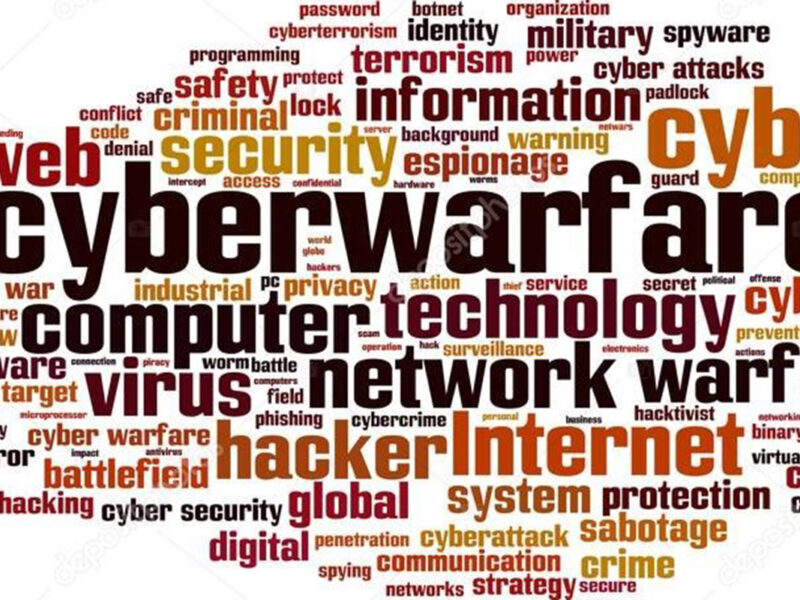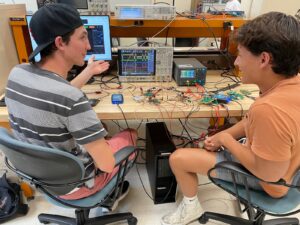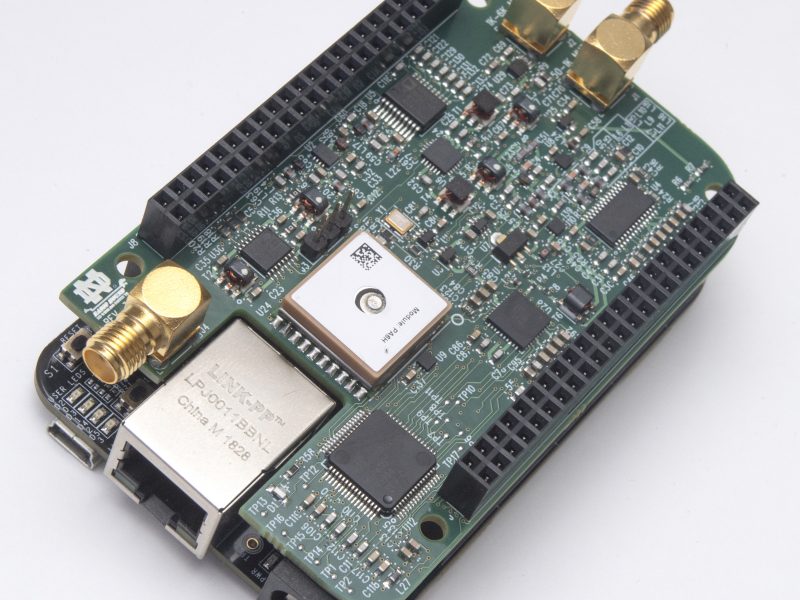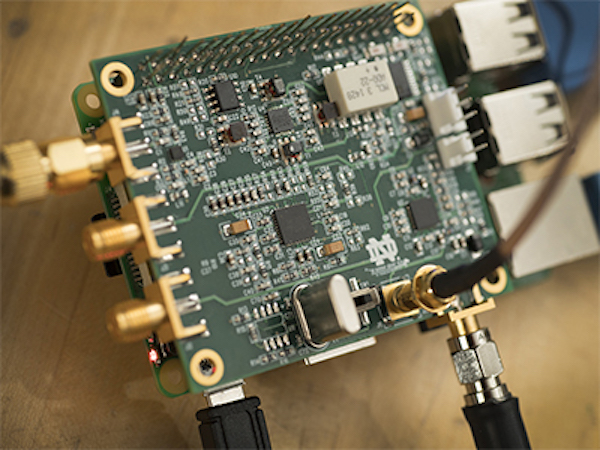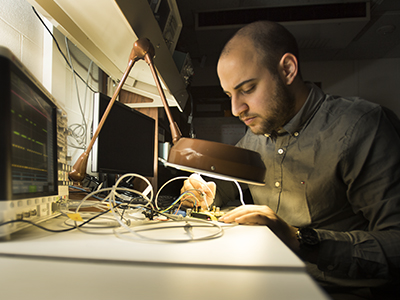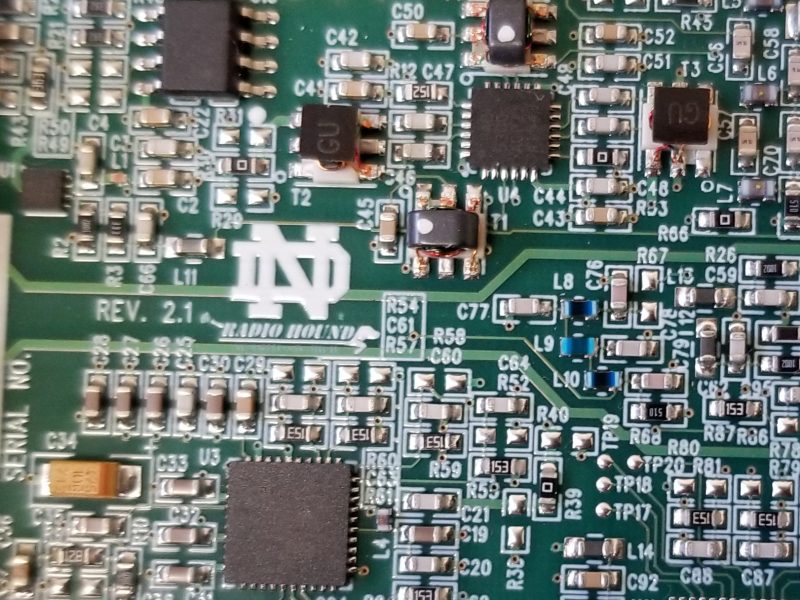SpectrumX: An NSF Spectrum Innovation Center
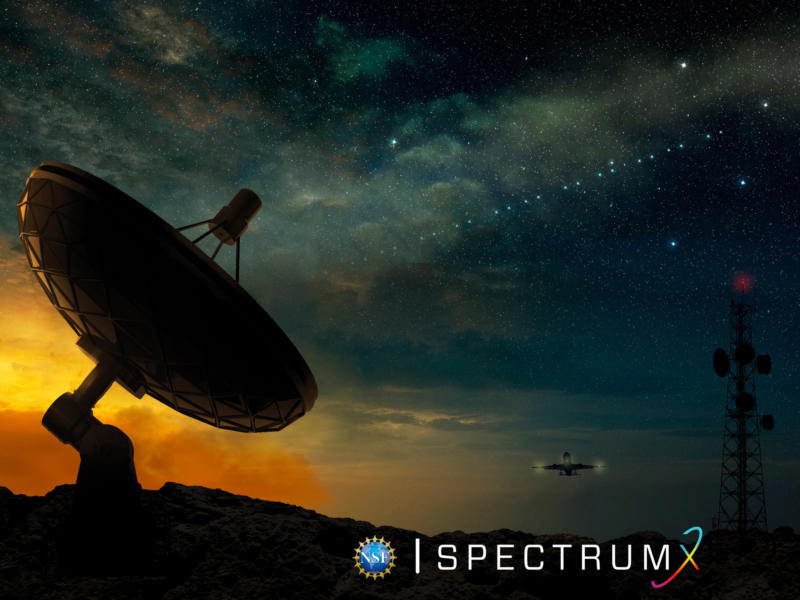
Overview
SpectrumX, initiated by a 5-year, $25M center grant from the U.S. National Science Foundation (NSF), is the world’s largest academic hub where all stakeholders can innovate, collaborate, and contribute to maximizing social welfare of the precious radio spectrum, in the U.S. and around the world. ND Wireless is leading SpectrumX as an outgrowth of its many collaborative research projects on wireless technologies and spectrum management, within the University of Notre Dame as well as with industry and government agency partners.
SpectrumX is conducting strategic research, workforce development, and policy outreach projects to transform spectrum management through flexible licenses, new coexistence approaches, distributed sensing, and cloud automation to fully enable 5G and beyond while expanding diverse commercial, scientific, and government uses of spectrum. The center serves as a trusted resource for all stakeholders in spectrum research and education, balancing interdisciplinary, intercultural, and individual perspectives to develop new technologies, economic analyses, and policy options for spectrum use.
Sponsors and Collaborators
SpectrumX brings together broad and synergistic research capabilities from a team of 41 founding researchers and staff from 27 universities, including 14 minority-serving institutions (MSIs), a key federal research facility, and a pioneering corporate partner; a multitude of relationships across industry, government, and academia; and significant experience in interdisciplinary research collaboration, policy engagement, and educating students at all levels about spectrum use and related topics. The team has a nationwide footprint and actively engages across the radio spectrum ecosystem. SpectrumX is uniquely positioned as the NSF Spectrum Innovation Initiative (SII) Center to engage with key regulatory agencies such as the National Information and Telecommunications Administration (NTIA) and the Federal Communications Commission (FCC), which respectively regulate government and non-government use of spectrum.
More information: http://spectrumx.org/
Get involved: http://spectrumx.org/get-involved/
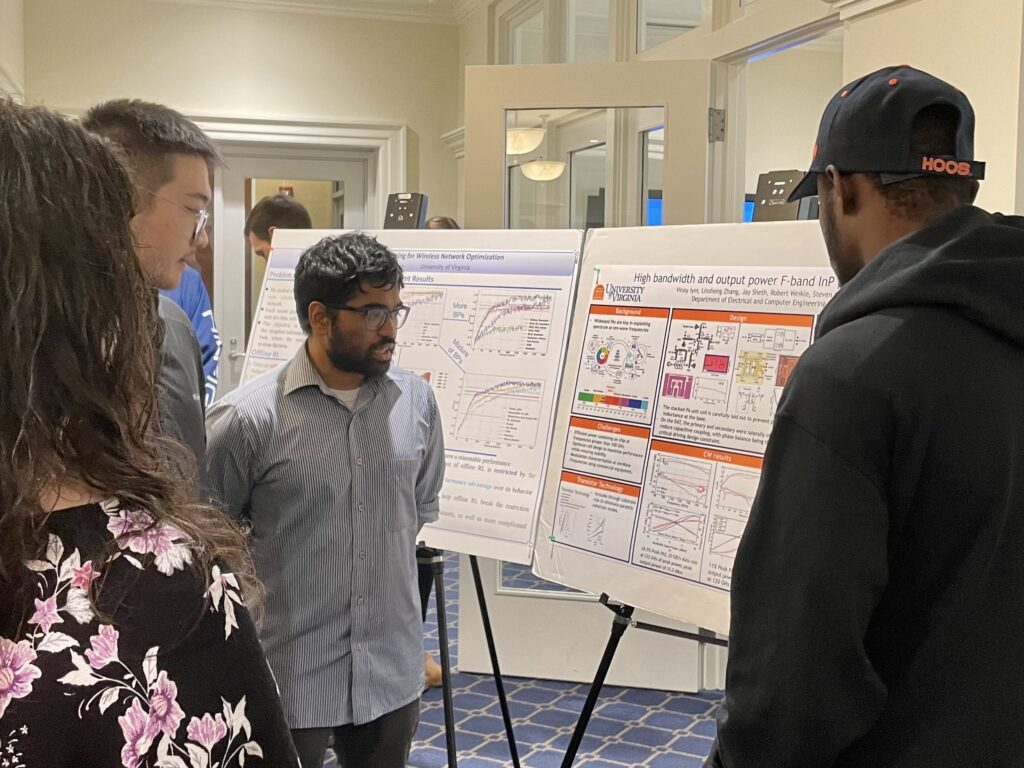
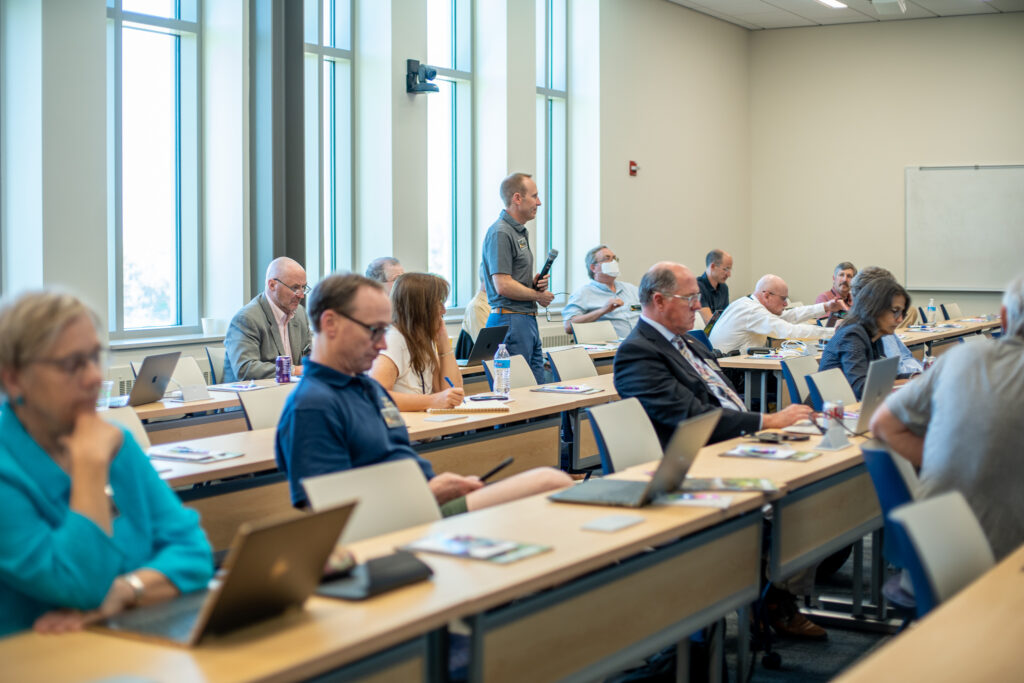



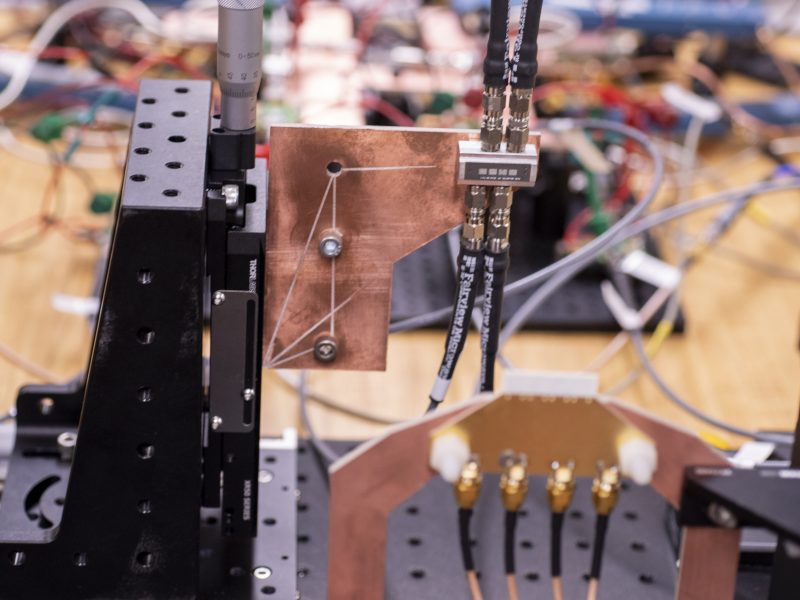
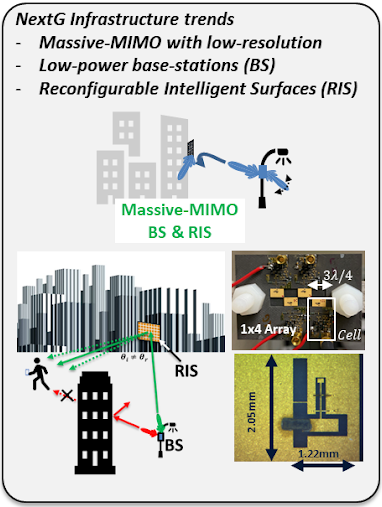 According to Hochwald, the high frequencies of millimeter waves can be both a blessing and a curse. There is an abundance of bandwidth available to support high data rates. However, the technology that operates in these bands is costly and consumes large amounts of power. Additionally, millimeter-wave frequencies have trouble penetrating walls and doors and propagating over long distances. For example, handsets that run these frequencies have a very limited range and, often, short battery life.
According to Hochwald, the high frequencies of millimeter waves can be both a blessing and a curse. There is an abundance of bandwidth available to support high data rates. However, the technology that operates in these bands is costly and consumes large amounts of power. Additionally, millimeter-wave frequencies have trouble penetrating walls and doors and propagating over long distances. For example, handsets that run these frequencies have a very limited range and, often, short battery life.